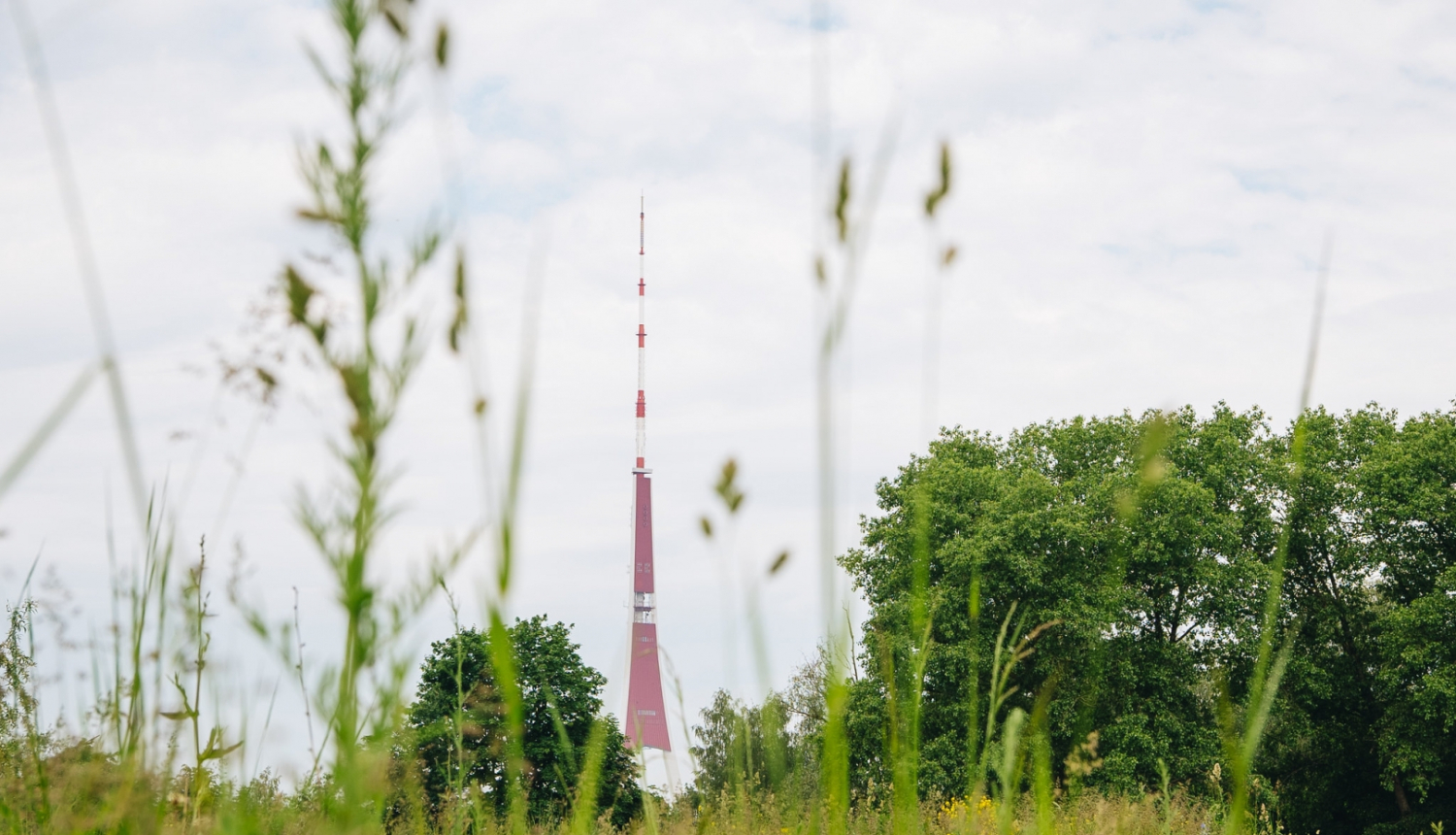For the third year, the Latvian Fund for Nature (LDF) in cooperation with Riga City Council and neighbourhood associations have been jointly creating urban meadows, i.e. wild plant oases to preserve natural diversity. This year it is planned to create ten new urban meadows in Riga: next to the National Library of Latvia, in the Zunda Canal Square, in the meadow near Tekstilnieku Street, in the Buru Street Square, on the River Daugava bank slope near Mazjumpravmuiža, in Maskavas Forštate near Siena Market, near Slāvu roundabout, in Jugla near Strazdupīte, and also in the Dreiliņkalns area and in the Botanical Garden of the University of Latvia.
The role of cities and towns in preserving natural diversity has increased significantly, and urban areas often serve as shelters for the local wild flora. Urban meadows enrich neighbourhood green spaces, attract pollinators, provide a nature experience for local residents, and provide a range of ecosystem services such as rainwater capture and purification, urban cooling, soil carbon sequestration and more. A management plan has been drawn up for each urban meadow.
Early mowing will take place in all urban meadows until the end of May. The aim is to control unwanted, expansive species such as cocksfoot, couch-grass, and rye-grass. Early mowing also helps to weaken invasive species such as Canada goldenrod, large-leaved lupine and others. These plants are the first to grow, so early mowing is one way to control them. In urban meadows, meadow plants sown in previous seasons develop at a slower rate, are smaller and will be little affected by mowing. On the contrary, mowing will allow meadow plants to thrive better, as they will not be suppressed by unwanted plants. The second mowing is planned in late summer. Invasive species such as Canada goldenrod, curly dock, large-leaved lupine, and warty-cabbage are also controlled in urban meadows by digging up unwanted plants and preventing them from flowering.
This year, the LDF will also install information stands in ten urban meadows where visitors will be able to learn about the plants growing in each place. In autumn, routine meadow sowing activities will take place in the city, sowing the seeds of meadow plants harvested during the summer.
“This year, the number of natural meadows in Riga will be close to 40! The interest and support of local residents in meadow creation is showing a growing trend – increasing biodiversity is essential for maintaining the ecosystem, meadows not only create new, high-quality green spaces, but also are a way to sustainably manage the city’s green infrastructure,” says Selīna Vancāne, Chair of the Housing and Environment Committee of Riga City Council.
LDF Urban Meadows Project Expert Rūta Sniedze-Kretalova explains: “This spring, cowslip has appeared in several urban meadows and there is also the yellow rattle which will certainly help to increase natural diversity in the meadows. What urban meadows need now more than anything is a good rainfall for meadow plants to develop. Flowering of oxeye daisies, cornflower, and wild carrot in the meadows created in the autumn of 2021 is expected around Midsummer.”
Riga municipality also plans to adopt binding regulations this year, designating new locations for natural meadows in the capital.
Urban meadows are being created as part of the LDF project urbanLIFEcircles with the aim to preserve, improve, and sustainably manage green infrastructure in cities, increase biodiversity, restore and improve ecosystem connectivity and health, and provide new recreational areas for people. The urbanLIFEcircles project is implemented by the Latvian Fund for Nature in cooperation with the municipalities of Riga, Tartu, and Aarhus, and also several partners from Estonia. The project is funded by the EU LIFE Programme, the State Regional Development Agency, and the Society Integration Fund and will run until 2027.
Information was prepared by: Dita Stalovska, Communications Representative of the Latvian Fund for Nature, email: dita.stalovska@ldf.lv; Mārtiņš Vilemsons, Project Coordinator at External Communication Division of Riga City Council, e-mail: martins.vilemsons@riga.lv



